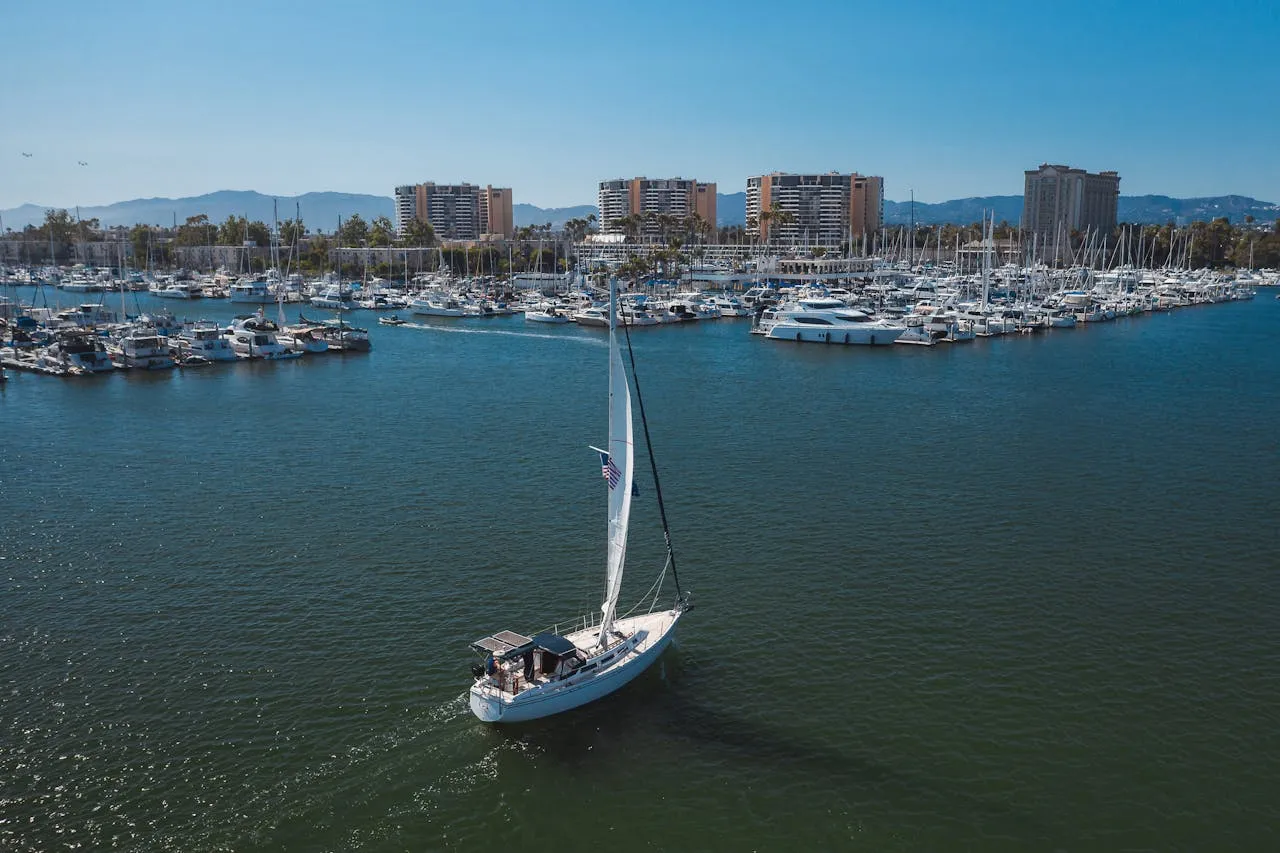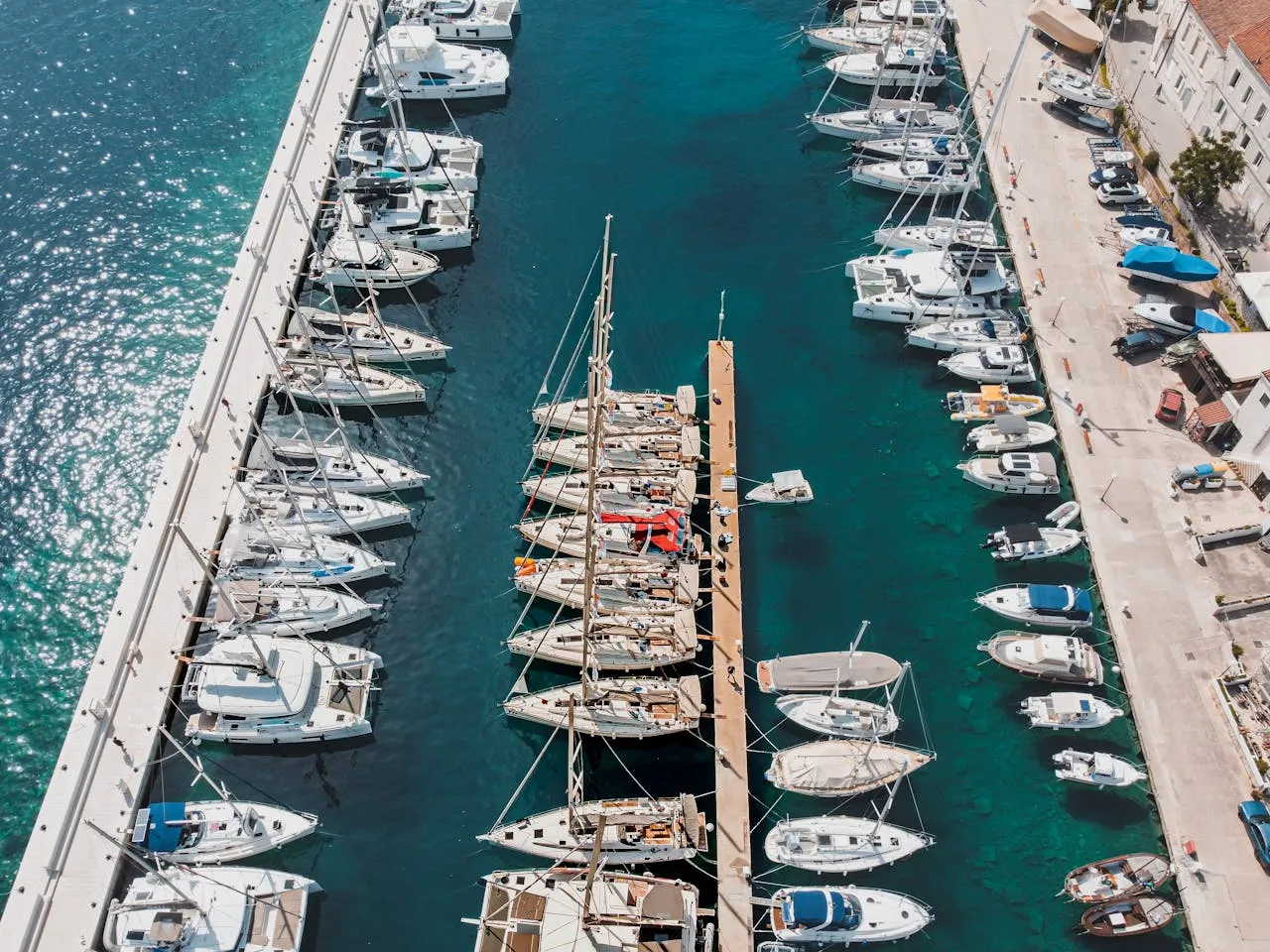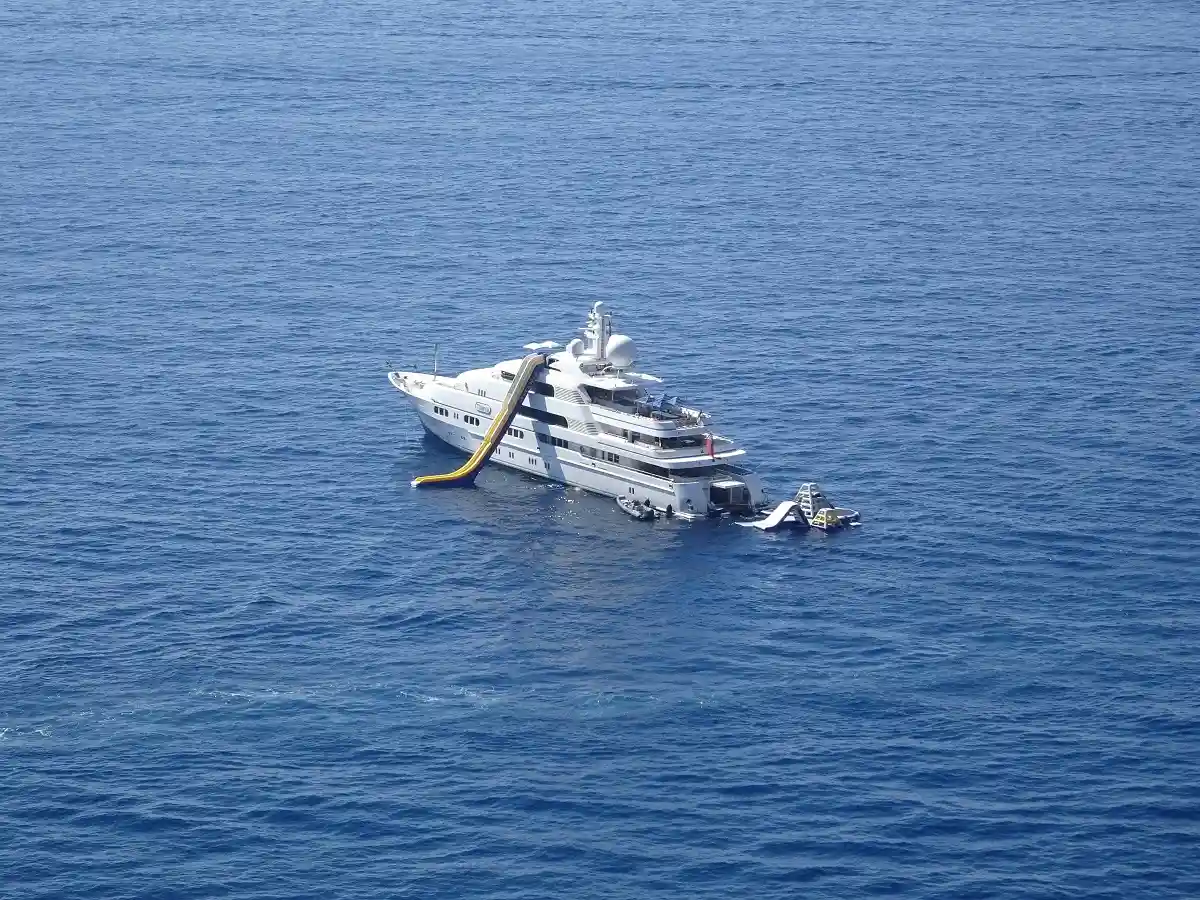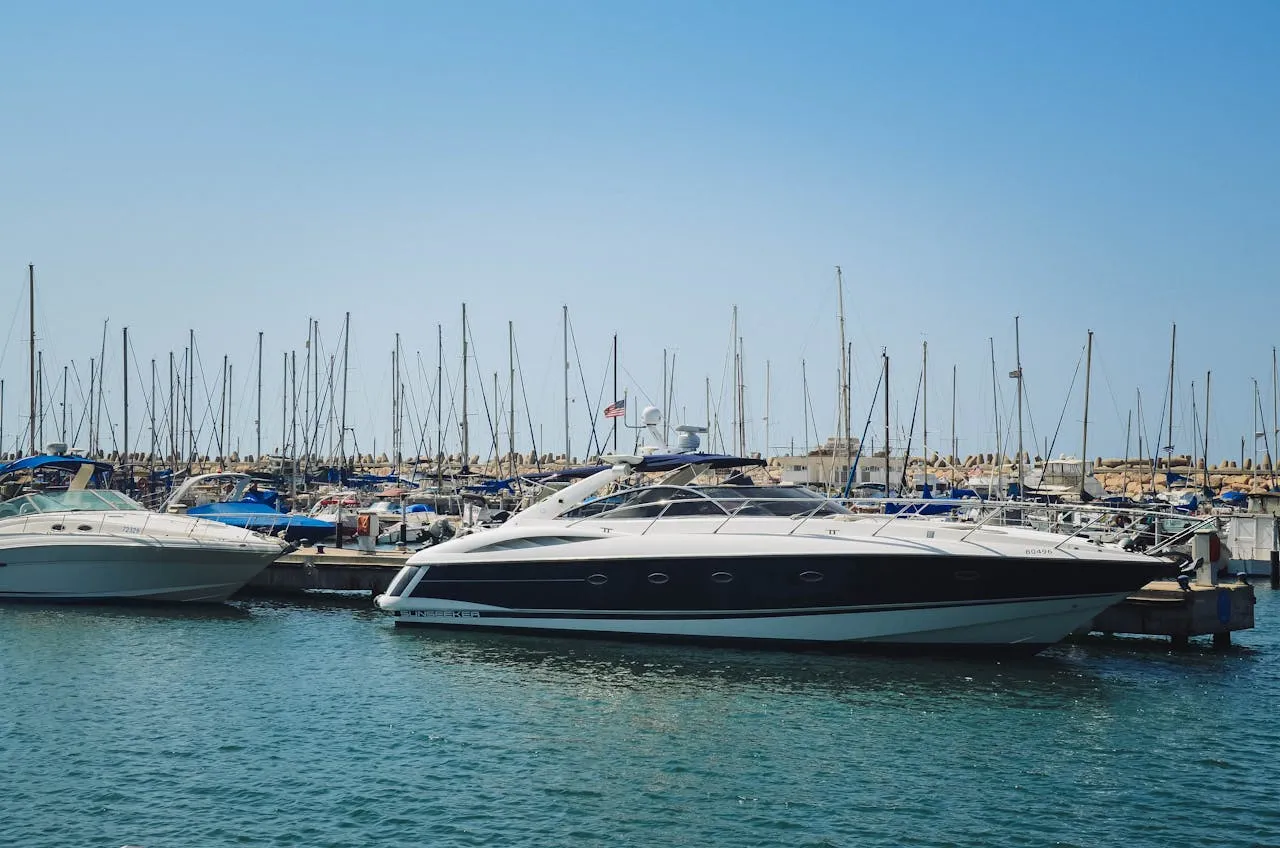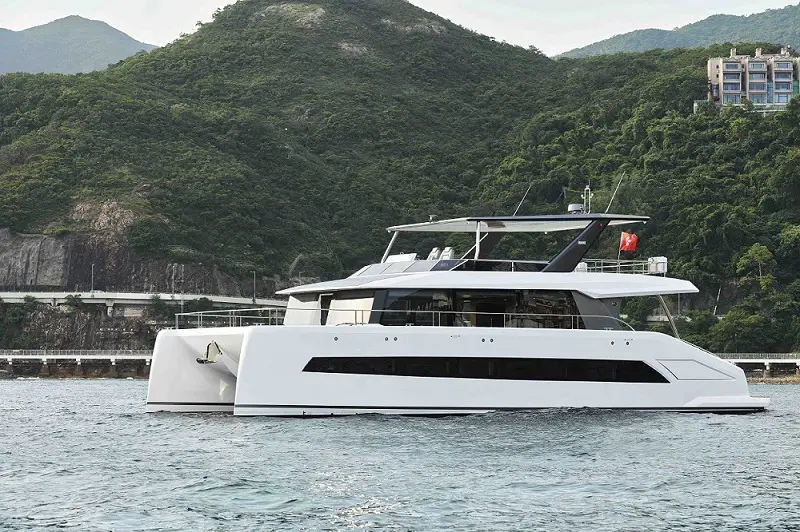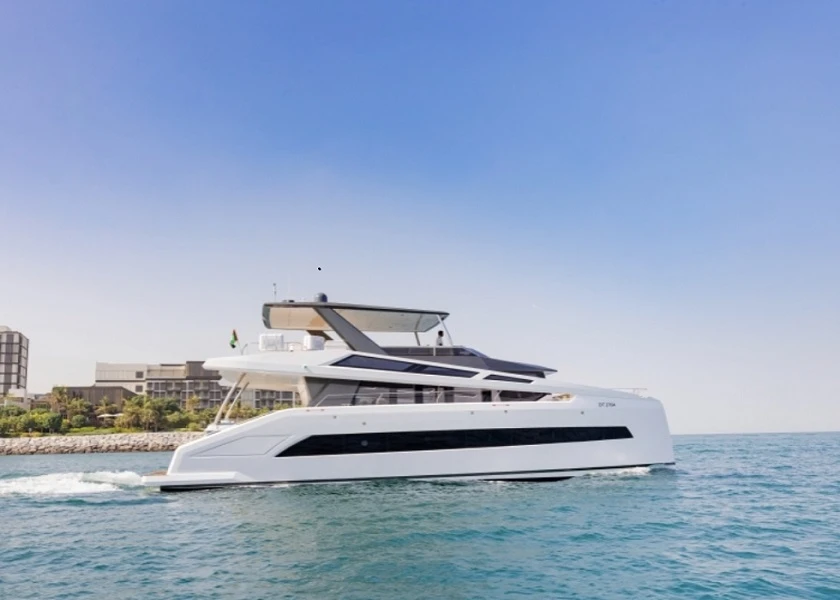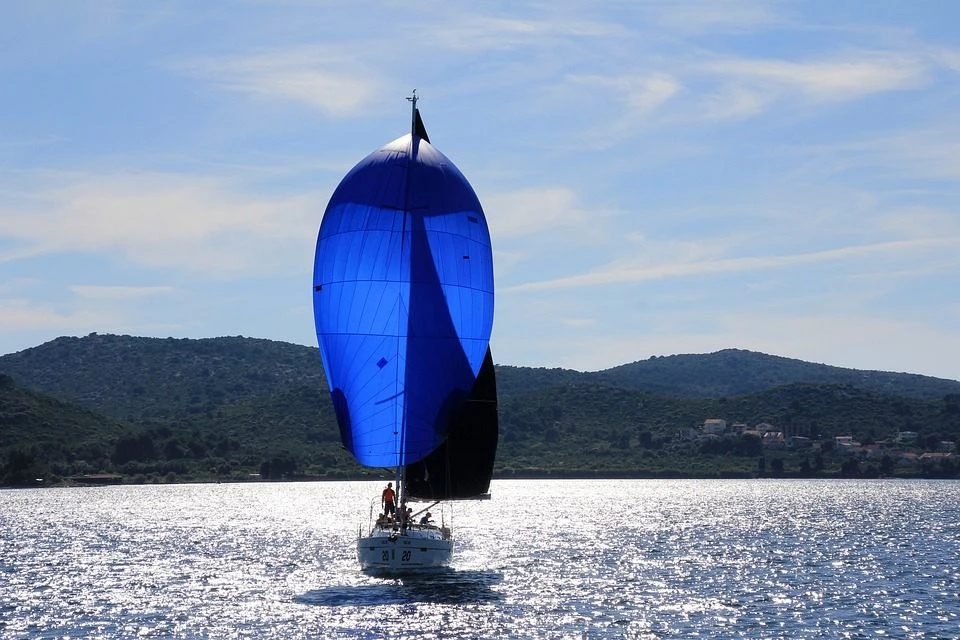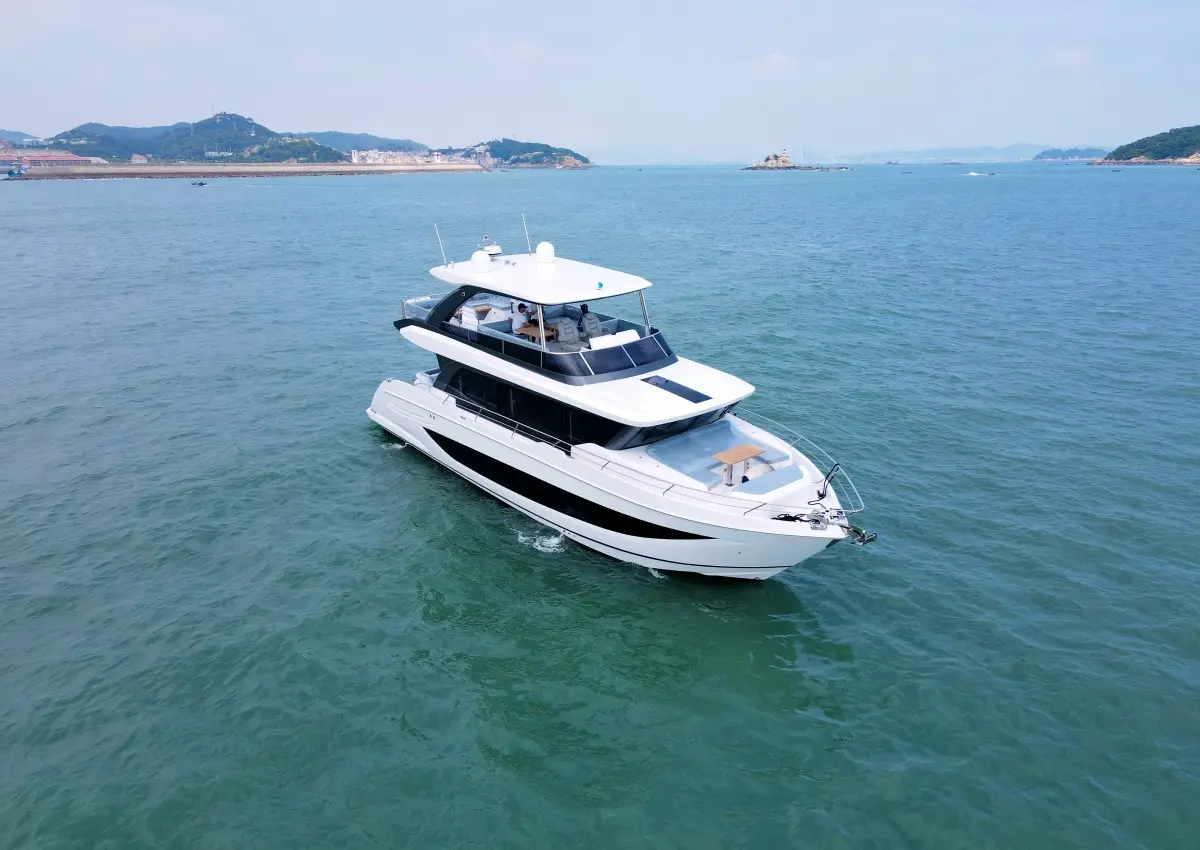In the vast waters, shallow areas always hide many unknown challenges that stop many yachtsmen in their tracks. However, with the right approach, yachts can easily navigate in shallow waters. This guide introduces 5 tips for yachts navigating in shallow water, which can help you pass through shallow water safely and smoothly.

Detecting the depth of the water
At one time many marine electronics were expensive, making them unaffordable for many yachtsmen. Today, however, there are inexpensive marine devices on the market that can make a huge difference in shallow water environments. For most people, a depth finder is a great option. It gives you real-time feedback on the depth of the water and keeps you up to date on underwater conditions.
If you're sailing in a very extreme environment, it makes sense to consult a navigational chart. These icons contain key information about ‘bathymetry’ and give a clear indication of the depth of water in your sailing area. You need to check and look out for areas where the water suddenly becomes shallow and avoid them to ensure safe navigation.
Knowing your yacht's draft
In any case, it is important to know the draft depth of your yacht. Draught depth is generally measured in inches and refers to how much of your yacht is underwater between the very bottom of the yacht and the draft line. The easiest and most accurate way to get this data is to consult your yacht's owner's manual or go to the official website of the yacht's manufacturer.
If the situation is so urgent that you can't find out the depth of your yacht's draught in the ways mentioned above, you can also use an estimation method. That is, measure the total length from bow to stern at the draft line and divide this value by 2 to get an approximate draft depth.
Observing the color of the water
When sailing a yacht, you need to observe the color of the water, and that's where those high-tech polarized sunglasses come into play. Through them, you can clearly see the different colors that appear underwater. Pay attention to areas where there are sudden changes in color and keep in mind that darker colors often mean deeper water. With this method, you will be able to better understand the underwater conditions while navigating and stay safe.
Learn about the tides
Even if everything went perfectly well when you were sailing in shallow water one day, you need to check the tide schedule before trying again. Tides in many coastal areas can vary by as much as a few feet, making for a dangerous situation if you're out on the water at low tide. Even worse is when you happily head out to fish some great spot, only to then find yourself stranded there for hours and having to wait to come back when the tide is high again. This is a very dangerous situation, so prepare ahead of time and don't let this happen to you.
Reduce speed and slow down
Unless you're sailing on a pontoon, the odds are that your yacht is what's known as a ‘sliding hull’, which also means that the yacht stays very low in the water and only rises out of the water when it reaches a specific speed, which varies from boat to boat. When a specific speed is reached, your yacht will rise out of the water, giving you more shallow water clearance from the bottom and safer sailing.
If you're travelling at coasting speed and suddenly hit shallow water, your first reaction may be to immediately pull the throttle to the bottom to slow down. However, this practice can cause the yacht to run aground or even trigger more serious consequences. Therefore, when a yacht is sailing in shallow water, it is important to slow down, rather than inadvertently colliding with an obstacle and still getting out of the way easily, rather than travelling at high speeds leading to a serious grounding and causing damage to yourself, your passengers or the yacht.






 Leave the comment
Leave the comment

